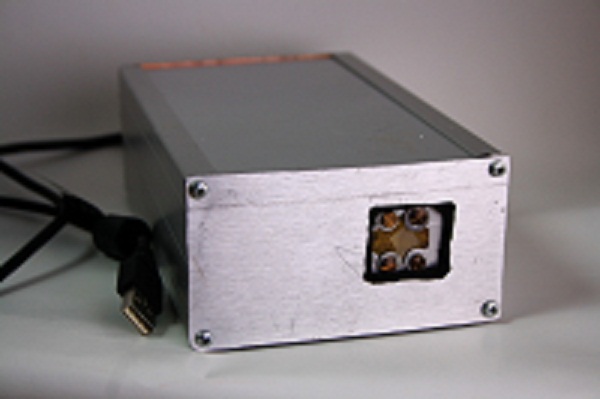A spectrometer splits the various spectral components of an incident light beam using diffraction grating. Physics, much? Let me make it simple for you. We know that light is made up of different components that have their distinct wavelengths. What a spectrometer does is it breaks up this light into its various components as parallel rays. Why would you want to do that? Well, if you’re a physicist, you can use this device to the study the various components of light from space. Even if you’re simply curious, you will love this DIY USB Spectrometer.
I am not going to go into the science of things here (but if you are interested, you can read up the various blogs ). So let’s get started with the real deal. You need an entrance slit for the light, which is made of two pieces of well-polished brass sheets, fixed on an aluminium plate. Screw them together. You need a holographic grating, whose precision depends on your requirement, a webcam with a CCD sensor and a tiny bit of coding, which will give you a graph of wavelength-intensity/transmission ratio.
The makers are still fixing the bugs, but it works just fine for testing regular light samples.
This DIY gadget is pretty neat. You don’t even have to be a nerd to build something so cool.

Filed Under: Reviews


Questions related to this article?
👉Ask and discuss on Electro-Tech-Online.com and EDAboard.com forums.
Tell Us What You Think!!
You must be logged in to post a comment.